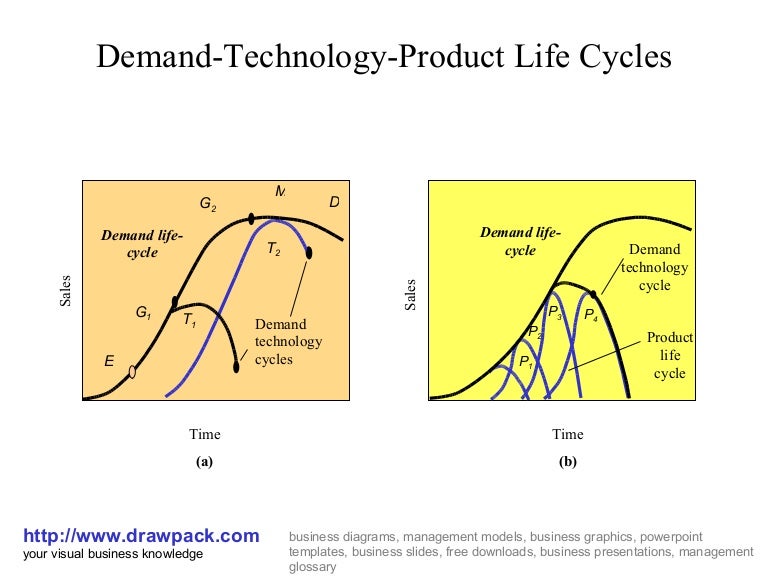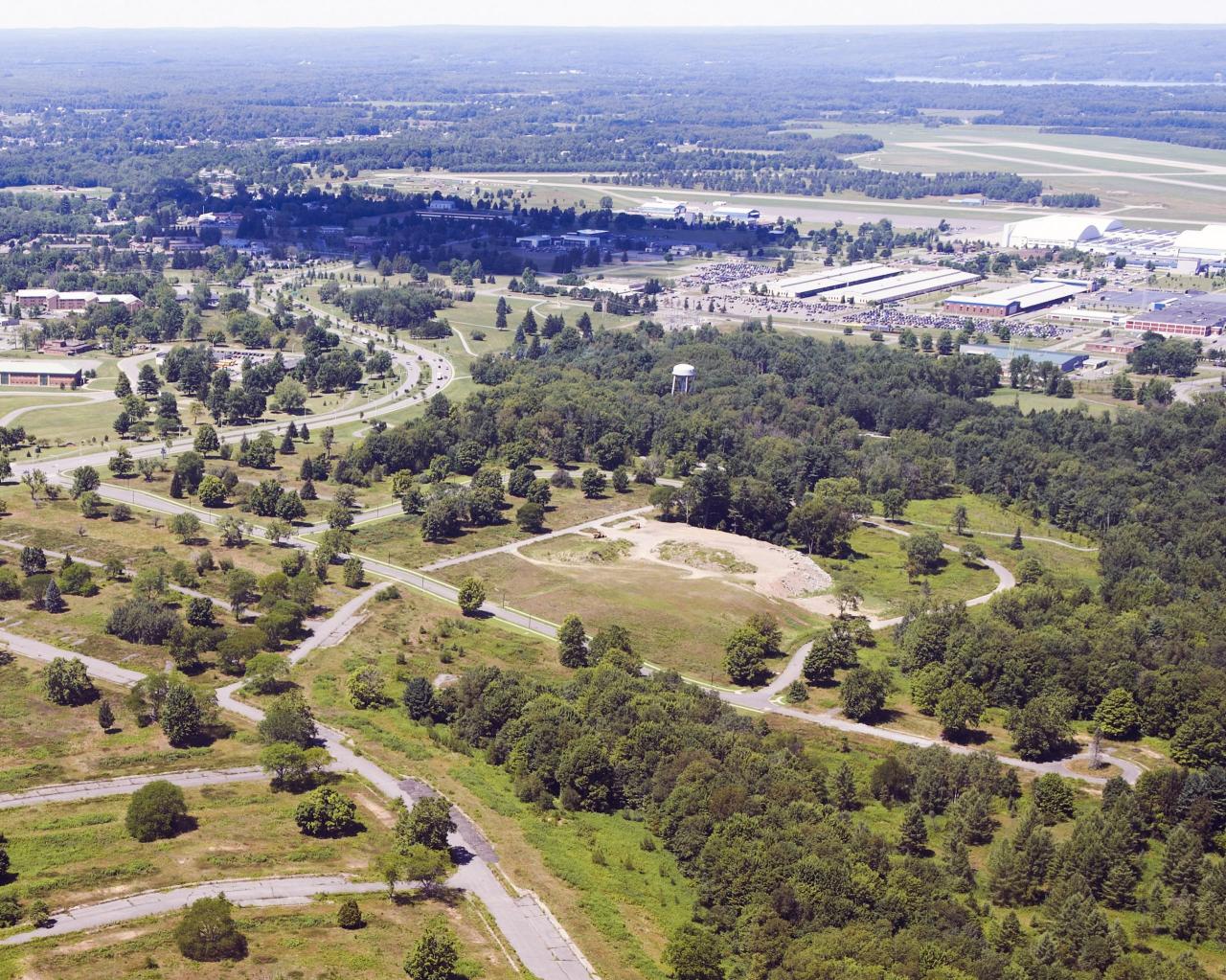Demand Technology: Optimizing Business Operations
Demand technology, a powerful force shaping the modern business landscape, is revolutionizing how companies manage their operations and engage with customers. From predicting future demand to optimizing inventory levels and […]

Demand technology, a powerful force shaping the modern business landscape, is revolutionizing how companies manage their operations and engage with customers. From predicting future demand to optimizing inventory levels and personalizing customer experiences, demand technology empowers businesses to make data-driven decisions that enhance efficiency, reduce costs, and drive growth.
This technology encompasses a wide range of tools, including demand planning software, customer relationship management (CRM) systems, and predictive analytics tools. Each plays a crucial role in helping businesses understand their customers, anticipate market trends, and make informed decisions that align with their strategic goals.
Implementation and Integration: Demand Technology

Implementing demand technology effectively requires a strategic approach that considers data collection, system configuration, user training, and seamless integration with existing business systems. By following best practices, businesses can maximize their return on investment and leverage the full potential of demand technology.
Data Collection
Data collection is a crucial first step in implementing demand technology. It involves gathering relevant information from various sources, including internal systems, external databases, and customer interactions. The collected data serves as the foundation for building accurate demand models and forecasting future demand.
- Identify data sources: Determine the key sources of data relevant to demand forecasting, such as sales records, customer demographics, marketing campaigns, and market trends.
- Data cleansing and preparation: Ensure the accuracy and consistency of collected data by removing duplicates, correcting errors, and transforming data into a usable format.
- Data storage and management: Establish a secure and efficient system for storing and managing collected data, ensuring easy access and retrieval for analysis.
System Configuration
Once the necessary data is collected, it’s essential to configure the demand technology system to meet specific business needs. This involves selecting appropriate models, setting parameters, and customizing the system to align with existing processes.
- Model selection: Choose demand forecasting models that best suit the industry, product types, and historical data patterns. Consider factors like accuracy, complexity, and computational requirements.
- Parameter tuning: Adjust model parameters based on historical data and business objectives. This involves fine-tuning the system to achieve optimal performance and minimize errors.
- Integration with existing systems: Ensure seamless integration of demand technology with existing business systems like enterprise resource planning (ERP) and customer relationship management (CRM) to avoid data silos and facilitate data sharing.
User Training
Effective user training is critical for successful implementation and adoption of demand technology. It empowers users to understand the system’s capabilities, navigate its features, and leverage its benefits.
- Training program development: Create a comprehensive training program that covers system functionalities, data interpretation, model outputs, and best practices for using the technology.
- Hands-on training: Provide practical training sessions that allow users to interact with the system and apply their knowledge to real-world scenarios.
- Ongoing support: Offer ongoing support and resources to users, including documentation, FAQs, and dedicated support channels to address any questions or issues.
Integration with Existing Business Systems, Demand technology
Integrating demand technology with existing business systems is crucial for maximizing its value. This ensures data flow, consistency, and seamless operations across different departments.
“Integrating demand technology with existing business systems creates a unified data environment, eliminates manual data entry, and streamlines processes, leading to improved efficiency and decision-making.”
- Data synchronization: Establish a mechanism for synchronizing data between demand technology and other systems to ensure consistent data across different platforms.
- API integration: Utilize application programming interfaces (APIs) to enable seamless communication and data exchange between different systems.
- Workflow automation: Automate processes related to demand forecasting, inventory management, and production planning to reduce manual effort and improve efficiency.
Best Practices for Successful Implementation
Implementing demand technology effectively requires a systematic approach that considers key best practices:
- Define clear objectives: Establish specific goals and metrics for measuring the success of the implementation, such as improved forecasting accuracy, reduced inventory costs, or increased customer satisfaction.
- Pilot testing: Conduct pilot tests to validate the technology’s effectiveness and identify potential challenges before full-scale deployment.
- Continuous monitoring and optimization: Regularly monitor system performance, identify areas for improvement, and adjust parameters or models to enhance accuracy and efficiency.
- Stakeholder engagement: Involve key stakeholders from different departments to ensure buy-in, address concerns, and foster collaboration throughout the implementation process.
Final Thoughts

By embracing demand technology, businesses can unlock a wealth of opportunities to streamline operations, improve customer satisfaction, and gain a competitive edge in today’s dynamic marketplace. As technology continues to evolve, we can expect even more innovative solutions to emerge, further transforming the way businesses operate and interact with their customers.
Demand technology is all about meeting the needs of your customers. One way to do this is to ensure you have enough of the right resources available when they are needed. This is where linen tracking technology comes in, allowing you to monitor inventory levels and optimize your supply chain.
By having a clear understanding of your inventory, you can better predict and meet future demand, leading to a more efficient and profitable business.










